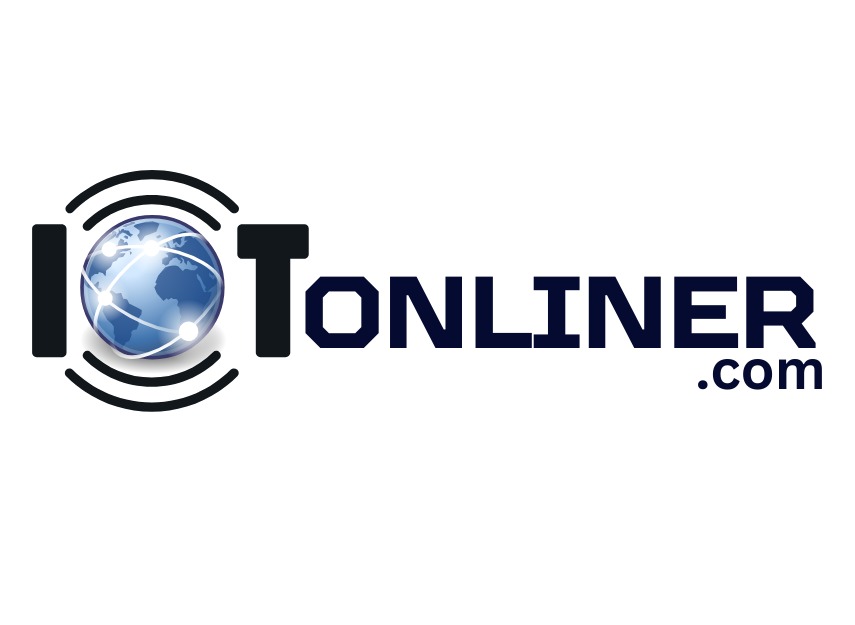details

4 reasons Cisco’s IoT forecast is right, and 2 why it’s wrong
Peter Corcoran, Ph.D., who describes himself as long-term IoT skeptic, published a research paper recently on arXiv.org—Third time is the charm – Why the World just might be ready for the Internet of Things this time around (pdf)—in which he speculates that this incarnation of the Internet of Things (IoT) may succeed.
Technologies often fail on introduction, later to reemerge and become widely adopted. The PC, smartphone and tablet all went through at least one of these cycles.
In the early 1990s, the Consumer Electronics Association first tried to promote CEBus, a specification for interconnecting devices in the home that supported multiple physical layers, including twisted pair, coaxial cable, powerline, wireless and even RF. CEBus was too early.
In the early 2000s the IEEE and Corcoran re-ignited the IoT discussion because internet connectivity became widely adopted after the dot.com boom and component costs had dropped dramatically, notably Ethernet components, and enabling software technology such as embedded Java emerged. Again the IoT fire burned then died.
In 2011, Cisco sparked renewed interest in IoT when it first forecasted that 50 billion devices would connect to the internet by 2020. Perhaps Cisco’s forecast was a bit ambitious. ABI Research targets are a bit lower, at 21 billion, and a bit later—2022.
Forecasting the future is not easy. But if Corcoran’s change in outlook and ABI Research is correct, the three-decade wait for IoT might be over.
What moved one of the world’s foremost IoT skeptics to be at least marginally optimistic? The smartphone and cloud computing are the two major reasons that Corcoran cites, but there are more.
1. Cloud success: The cloud has evolved a set of sophisticated infrastructures for storage, messaging, security and content connectivity. Facebook, YouTube, Dropbox, Google Drive, Spotify and other cloud services have led consumers to accept cloud-connected devices as a normal course of their lives, paving the way for cloud-connected IoT devices. Read more…
Commenting is limited to those invited by others in the community
Login to continue or learn more.






No comments yet.